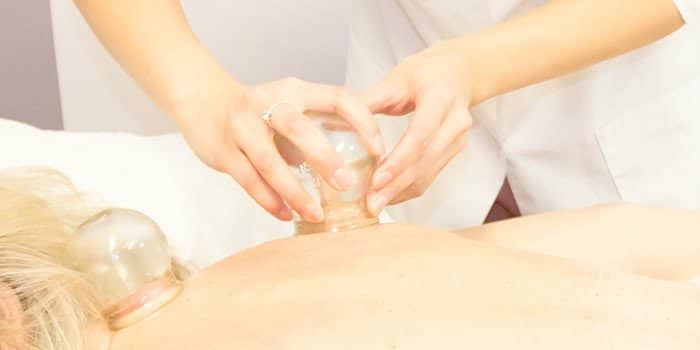Hijama Therapy: A Modality of Traditional Chinese Medicine
Hijama Therapy, also known as Wet Cupping Therapy, is a traditional Chinese medicine modality that has been used for centuries to treat a wide range of health conditions. This therapy involves creating small punctures on the skin and applying a suction cup to draw out small amounts of blood. When performed by a trained and experienced practitioner, Hijama is generally safe and well-tolerated.
One of the key aspects of Hijama is the careful selection of cup placement locations. The practitioner assesses the patient’s condition and selects the appropriate points/zones to apply the cups. The location of the cups is crucial because it can affect the results and benefits of the therapy. For instance, in the case of back pain, cups are placed along the spine to promote blood flow and reduce muscle tension. Each location is carefully selected to target the specific area of the body and promote healing.
How many Treatments Do I need?
While some conditions may be resolved in a single visit, others may require multiple visits to achieve the desired results. The number of visits required depends on the severity of the condition and the individual’s response to treatment. Some individuals may experience immediate relief after the first visit, while others may require several visits to achieve the desired outcome.
Scientific Resaerch
Research indicates that Hijama can have a positive effect on various health conditions. For example, a study published in the Journal of Traditional and Complementary Medicine found that Hijama can stimulate the immune system by increasing the production of white blood cells and other immune factors, which can improve the body’s ability to fight off infections and diseases.
Another study published in the International Journal of Cardiology found that Hijama can help reduce the risk of cardiovascular disease by lowering blood pressure and improving lipid profiles. This is thought to be due to the beneficial effects of Hijama on blood flow and circulation.
Hijama may also have a positive effect on the nervous system. A study published in the Journal of Acupuncture and Meridian Studies found that Hijama can reduce pain and improve the quality of life in patients with chronic low back pain. This may be due to the release of endorphins, which are natural painkillers produced by the body.
What Are The Benefits of Hijama Therapy?
The benefits of Hijama Therapy are numerous. By removing stagnant blood from the body, Hijama can help relieve pain, reduce inflammation, and promote healing. It can also help to improve the flow of oxygen and nutrients to the tissues, which can enhance overall health and well-being. Wet cupping has been used to treat a wide range of conditions, including musculoskeletal pain and stiffness, migraines and headaches, digestive disorders, respiratory problems, skin conditions, anxiety and depression, high blood pressure, diabetes, and infertility.
Hijama Therapy is a safe and effective modality of traditional Chinese medicine. However, it is important to seek out a qualified TCMD who can determine whether Hijama is appropriate and provide guidance on the proper techniques and safety precautions. At Huatuo Clinic, our experienced practitioners are here to listen, understand, and tailor treatment plans to meet your individual needs. If you are interested in experiencing the benefits of Traditional Chinese Medicine for yourself, we invite you to schedule your appointment today and take the first step towards a healthier, more balanced you.
Sources:
- Haji M, Razzak R, Virk P, et al. Cupping therapy: An overview from a modern medicine perspective. Journal of Acupuncture and Meridian Studies. 2018;11(3):83-87.
- Lauche R, Materdey S, Cramer H, et al. Effectiveness of home-based cupping massage compared to progressive muscle relaxation in patients with chronic neck pain—A randomized controlled trial. PLoS One. 2013;8(6):e65378.
- Li Y, Liang H, Wang S, et al. Evaluation of wet cupping therapy: Systematic review of randomized clinical trials. Journal of Traditional Chinese Medical Sciences. 2016;3(1):49-61.
- Milgrom LR, Vaida SJ. Cupping therapy for musculoskeletal pain: A systematic review and meta-analysis. The Journal of Alternative and Complementary Medicine. 2017;23(5):352-366.
- Pan Y, Chen S, Shen J, et al. The research of mechanism of cupping therapy. Journal of Traditional Chinese Medicine. 2014;34(4):419-422.
- Razzak R, Haji M, Virk P, et al. Wet cupping therapy: More than meets the eye. Journal of Integrative Medicine. 2016;14(6):417-422.
- Zhang Y, Chen J, Liu Q, et al. The benefit of wet cupping on blood pressure management: A systematic review and meta-analysis. Journal of Alternative and Complementary Medicine. 2021;27(2):91-101




